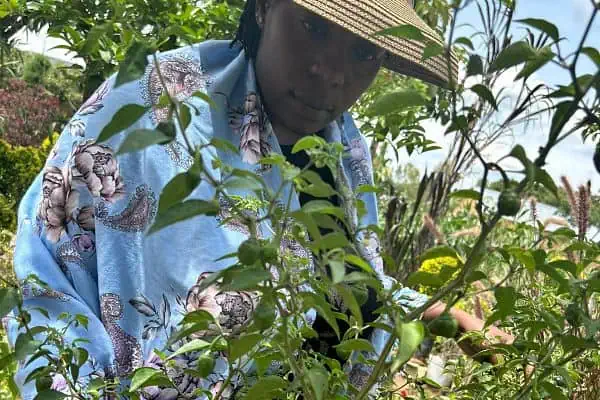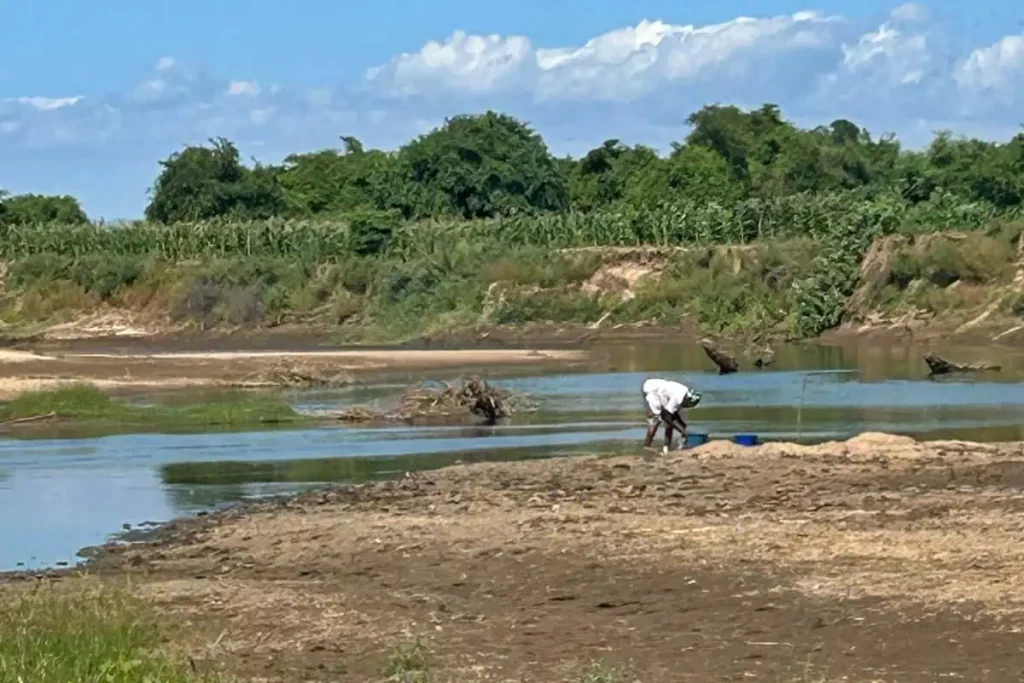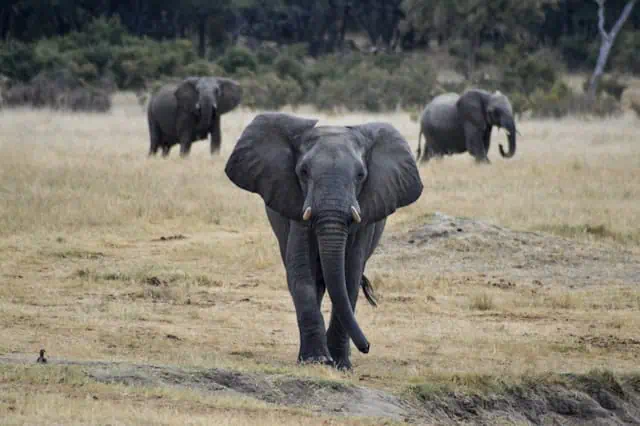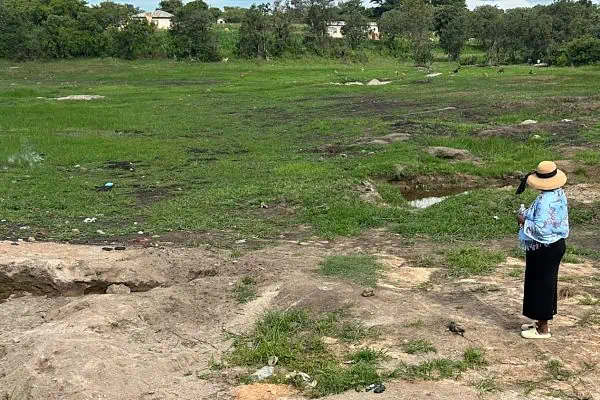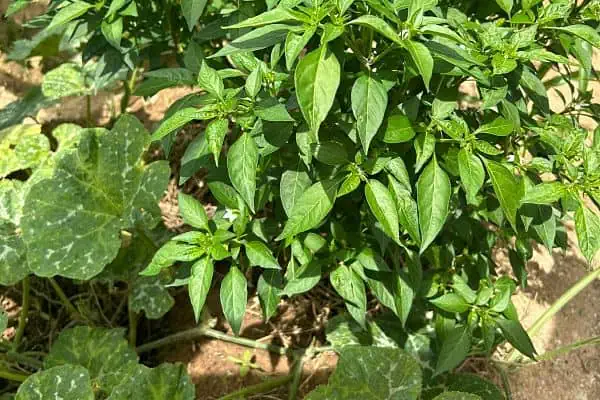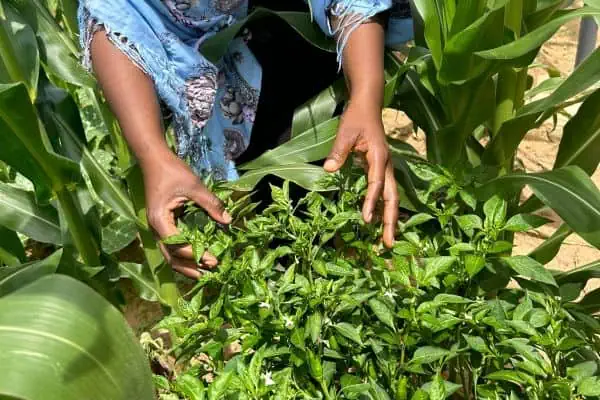Living Borders: Agriwilding Coexistence in Mbire
3000
ha being restored
Project Summary
- Biodiversity
- ·
- Capacity development
- ·
- Reforestation
- ·
- Regenerative agriculture
- ·
- Training

Challenge
Mbire District faces intense human–elephant conflict, leading to crop loss, injuries, and fatalities. Communities depend on subsistence agriculture, making them highly vulnerable to wildlife incursions. Traditional deterrents are inadequate, and habitat pressure is rising. Women and youth are disproportionately affected. Despite Mbire’s rich biodiversity—including elephants, lions, pangolins, and painted dogs—local frustration is mounting, and tolerance for wildlife is eroding.
The area lies within a critical transboundary wildlife migration corridor connecting Mana Pools National Park (Zimbabwe) to Lower Zambezi National Park (Zambia), part of the KAZA Transfrontier Conservation Area. The project applies rewilding principles to restore ecological balance while empowering communities to protect and coexist with wildlife, using agroecological practices that reinforce both biodiversity and rural resilience.
Activities
The project trains 100+ farmers to plant chili in strategic buffer zones to deter elephants, while improving income through value-added products. Beekeeping is introduced to boost livelihoods and strengthen deterrence. Community Wildlife Committees are formed and trained to map conflict hotspots, track incidents, and promote coexistence strategies. Youth are engaged in monitoring using drones and GPS tools. Educational outreach in local schools fosters conservation values. Local chili cooperatives are supported with marketing and packaging skills to access national and export markets. All activities are co-designed with communities and aligned with local development plans and environmental safeguards.
Rewilding-Based Strategy to Mitigate HEC in Mbire District
1. Restore and Secure Elephant Corridors
- Identify and protect seasonal movement corridors between protected areas and communal lands through participatory land-use planning.
- Incentivize conservation-compatible land uses (e.g., wild buffers, conservation agriculture) in corridor zones with wildlife stewardship agreements.
- Work with local councils to integrate rewilding corridors into district development plans.
2. Expand Bee Fencing and Pollinator Corridors
- Build on pilot successes of bee-fencing by scaling up with support from beekeeping cooperatives.
- Promote corridors that boost biodiversity, food security, and livelihoods.
- Link to “Elephant-Friendly Honey” certification to access green markets.
3. Enable Nature-Based Livelihoods
- Strengthen benefit-sharing mechanisms to include carbon finance, honey value chains, and sustainable forest products
- Develop rewilding-linked income: community ecotourism, guided tracking, wild fruit harvesting, and bushcraft enterprises.
- Support youth and women’s groups to lead on enterprise development, restoration, and elephant monitoring.
4. Integrate Indigenous and Scientific Knowledge
- Co-produce elephant risk maps with local elders and conservation scientists, blending traditional migration knowledge and GPS collar data.
- Engage Mbire’s traditional leaders and spirit mediums, who often play a key role in natural resource governance.
5. Strengthen Coexistence Education
- Roll out community conservation education in schools and village meetings, with storytelling and cultural practices that honour wildlife.
- Include elephant ecology, conflict avoidance techniques, and co-benefits of rewilding (e.g., rain generation, soil restoration).
6. Conflict Response and Adaptive Monitoring
- Establish and train Community Elephant Response Units using low-tech tools (drums, torches, chilli) and digital tools (GPS apps, WhatsApp alerts).
- Collect data on crop-raids, fence breaches, and responses via community monitoring apps.
Long-term Impact
The project builds a locally owned, replicable model of coexistence between people and elephants in Mbire. By linking conservation with improved livelihoods and conflict reduction, it shifts communities from reactive coping to proactive stewardship. Elephant incursions decline, tolerance increases, and pressure on wild habitats is reduced. Chili farming and beekeeping offer sustainable income, especially for women and youth.
Local institutions gain capacity to manage land and wildlife. As markets grow, conservation-linked enterprises strengthen economic resilience. Ultimately, this project enhances biodiversity protection, improves rural livelihoods, and lays the groundwork for scaling rewilding-based human–wildlife coexistence strategies across the Zambezi Valley and beyond.
Mbire can be positioned as a flagship district for elephant coexistence within KAZA, showcasing how rewilding, Indigenous knowledge, and local livelihoods can align. Over time, this will:
- Reinforce regional elephant migration routes
- Improve local food and income security
- Shift perceptions from conflict to coexistence
- Restore ecological functions critical for broader landscape health

